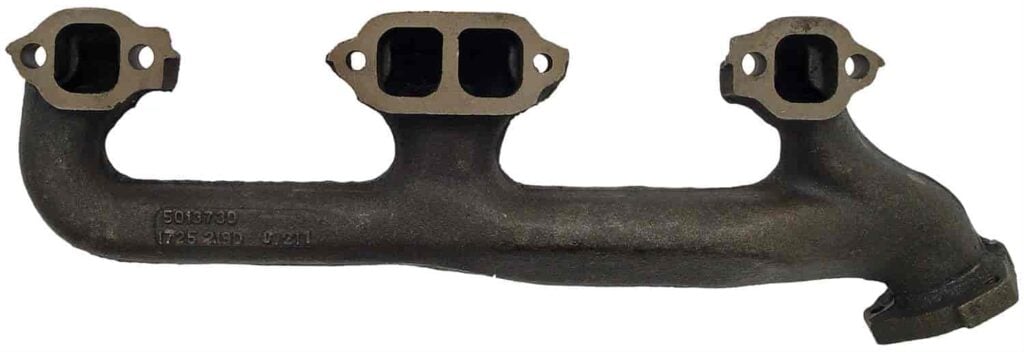Exhaust manifolds and headers are both components of a vehicle’s exhaust system, but they serve different purposes and have distinct design characteristics. Understanding the differences between these two components can help you make informed decisions about aftermarket modifications and performance upgrades for your vehicle’s exhaust system. Here’s what you need to know about exhaust manifolds and headers:
Exhaust Manifolds:
Function: The primary function of an exhaust manifold is to collect exhaust gases from each cylinder of the engine and channel them into a single pipe that leads to the catalytic converter and exhaust system. Now get auto parts from SuncentAuto for all types of vehicles with free of cost shipping all over the world.
Design: Exhaust manifolds are typically made from cast iron or cast steel. They are designed to be compact and cost-effective, making them a standard component in most vehicles.
Advantages:
Simplicity: Exhaust manifolds are a simple and cost-effective solution for channeling exhaust gases from the engine cylinders.
Durability: Cast iron exhaust manifolds are known for their durability and ability to withstand high temperatures.
Disadvantages:
Back Pressure: The design of exhaust manifolds can create some degree of back pressure in the exhaust system, which can potentially hinder engine performance.
Exhaust Gas Mixing: The merging of exhaust gases from different cylinders in a single pipe can lead to mixing and interference, which might affect exhaust flow.
Headers:
Function: Headers, also known as exhaust headers or performance headers, perform the same function as exhaust manifolds, but they do so with a focus on optimizing engine performance and exhaust flow.
Design: Headers are constructed with individual tubes for each cylinder, allowing exhaust gases to flow more freely. They are typically made from materials like stainless steel.
Advantages:
Improved Performance: Headers are designed to reduce back pressure and improve exhaust flow, which can lead to increased horsepower and torque.
Enhanced Sound: Due to improved exhaust flow, headers can contribute to a more aggressive exhaust note.
Tuning Flexibility: Headers provide more flexibility for engine tuning, as they allow for adjustments to primary tube length and diameter, influencing performance characteristics.
Disadvantages:
Cost: Headers are generally more expensive than stock exhaust manifolds due to their advanced design and materials.
Complex Installation: Installing headers might require more time and expertise compared to replacing exhaust manifolds.
Choosing Between Exhaust Manifolds and Headers:
The choice between exhaust manifolds and headers depends on your priorities:
- If you’re looking for a straightforward and cost-effective solution for exhaust gas collection, stock exhaust manifolds might suffice. If you want to buy exhaust manifolds and headers at cheap prices then buy it now from here!
- If you’re interested in enhancing engine performance, optimizing exhaust flow, and potentially gaining horsepower, headers are a suitable option.
- Remember that while headers offer performance benefits, it’s important to ensure that any modifications comply with local emissions regulations and vehicle warranties.
In summary, exhaust manifolds and headers serve different purposes within the exhaust system. If you’re considering aftermarket modifications for your vehicle’s exhaust, understanding the differences between these components will help you make an informed decision based on your performance goals and priorities.




